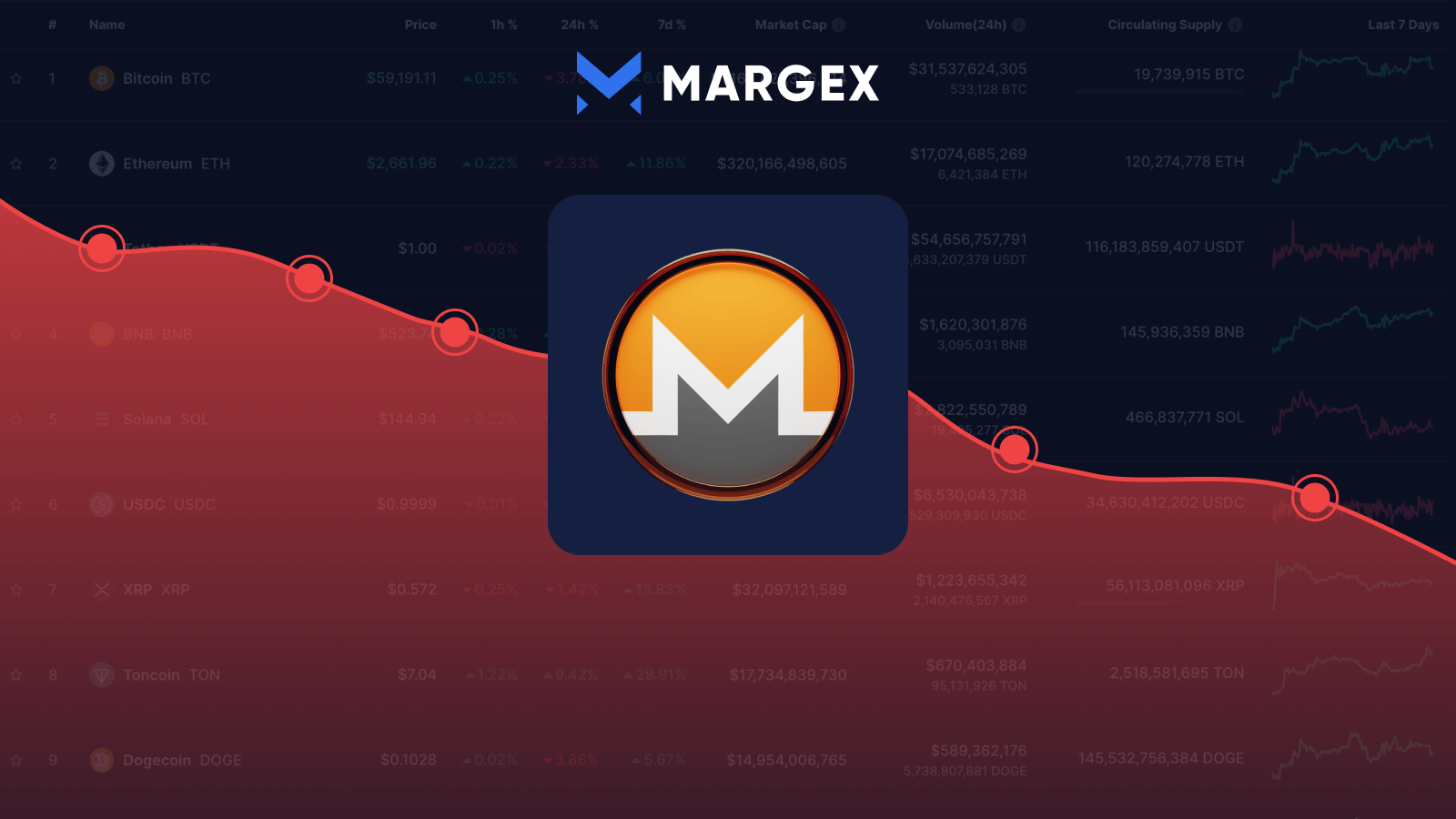
Monero (XMR) was one of the very first cryptocurrencies that were created after Bitcoin. However, unlike BTC, DOGE, ETH and LTC, Monero creators made a focus on privacy, making XMR transactions impossible to trace.
A project that quickly gained traction and became popular in its dawn, seems to be seeing an increased plunge these days with Binance rejecting to deal with it any more and banning XMR from its venues.
This is Рow Monero Сame to Exist
Monero was created in April 2014 by a group of developers who decided to make a hard fork on the crypto project Bytecoin launched in 2012. The new blockchain was originally called BitMonero (“Bit” for Bitcoin and “Monero” meaning “coin” in the artificial Esperanto language). However, later the title of the new cryptocurrency was shortened to simply “Monero.”
A pseudonymous developer known as Riccardo Spagni became one of the most famous figures associated with Monero in the cryptocurrency space. He played that role for many years, developing and promoting the coin on social media. Otherwise, there is no single founder or entity that keeps the control over this project in their hands. It is all driven by a decentralized community of contributors.
XMR was designed to offer users much more privacy than Bitcoin did by concealing transaction details. Basically, just as Bitcoin was a response to the banking crisis of 2009, Monero emerged as a response to the massive control of banks and authorities over consumers spending their money, choosing how, when and in what amount they will do it. XMR became a way of making untraceable transactions on blockchain, in particular on the dark web since XMR’s untraceable nature was very much valued there.
Monero’s Popularity Among Criminals

Immediately, criminals became its first users, remaining most frequent users years after the launch as well. This formed Monero’s reputation as a coin loved by lovers of illicit activities: drug dealers, human traffickers, kidnappers in particular.
Setting a new trend of privacy on blockchain, Monero inspired other privacy coins to emerge later, many of them with improved features that users could take advantage of.
Strong privacy features possessed by Monero continue to support XMR’s reputation as means of exchange for illicit purposes. Until 2020, there were multiple public cases when criminals demanded ransom in Monero for kidnapping, and so did cybercriminals requiring XMR as payment for removing the consequences of their ransomware attacks. Among the early examples of such activities was the emergence and active use of WannaCry ransomware and then UIWIX, which appeared later.
In many cases, law enforcement agencies found it way too challenging to trace down XMR transfers, therefore failing to track down criminals and recover stolen assets for their owners.
Among the most famous and widely discussed cases in the past was the kidnapping of Anne-Elisabeth Hagen, the spouse of Tom Hagen, a Norwegian millionaire. The kidnapping and its investigation took place between 2018 and 2020. The victim was 68 and her husband was among the country’s richest individuals, who made his fortune in real estate and energy businesses.
The abductors demanded a ransom of 9 million EUR to be paid in Monero. Back then, it was approximately $10 million. This case quickly turned into one of the most complicated and also significant in Norway’s history mostly due to the use of the untraceable XMR coin in it. In 2020, there was a surprising pivot that showed that Tom Hagen himself orchestrated the kidnapping of his wife. He was charged with murder but denied all the allegations and was released from custody in a few days since there was insufficient evidence against him. The case still remains open. However, that threw a shadow on privacy coins, underscoring an immense jeopardy they carry in criminal investigations.
This resulted in Monero’s reputation getting dumped in the eyes of authorities and them deciding to start witch-hunting XMR and other privacy coins, banning them from cryptocurrency exchanges.
Binance Delisting XMR; Witch hunt Against Privacy Coins in a Full Swing

In February 2024, the world’s largest crypto exchange by trading volume, Binance, announced the delisting of Monero and several other privacy coins. So did the Binance Futures platform. This decision was largely made under the pressure of regulators around the world that are struggling to fight money laundering activities within the European Union. Binance seems to have opted for that step to avoid conflicts with regulators who are eager to prohibit any crypto over its potential or real utility for illicit purposes.
The cryptocurrency community then split into two camps with a heated debate between them. One camp believes that the banning of privacy coins is necessary to allow crypto to go mainstream in the future. The other side of the debate keeps insisting that this undermines the principles of financial privacy and decentralization for everyone.
Aside from Binance delisting XMR in the EU and other countries, Dubai, Japan, South Korea, and Australia have also either banned or recommended a ban on privacy coins – Monero, Zcash, Dash, etc.
It is worth noting that currently XRM is the 29th largest coin with a $2,766,057,490 and is trading at $149.95. In 2021, the coin reached an all-time high of $517. The total supply is 18,446,744 XMR which is less than 21 million Bitcoin.


